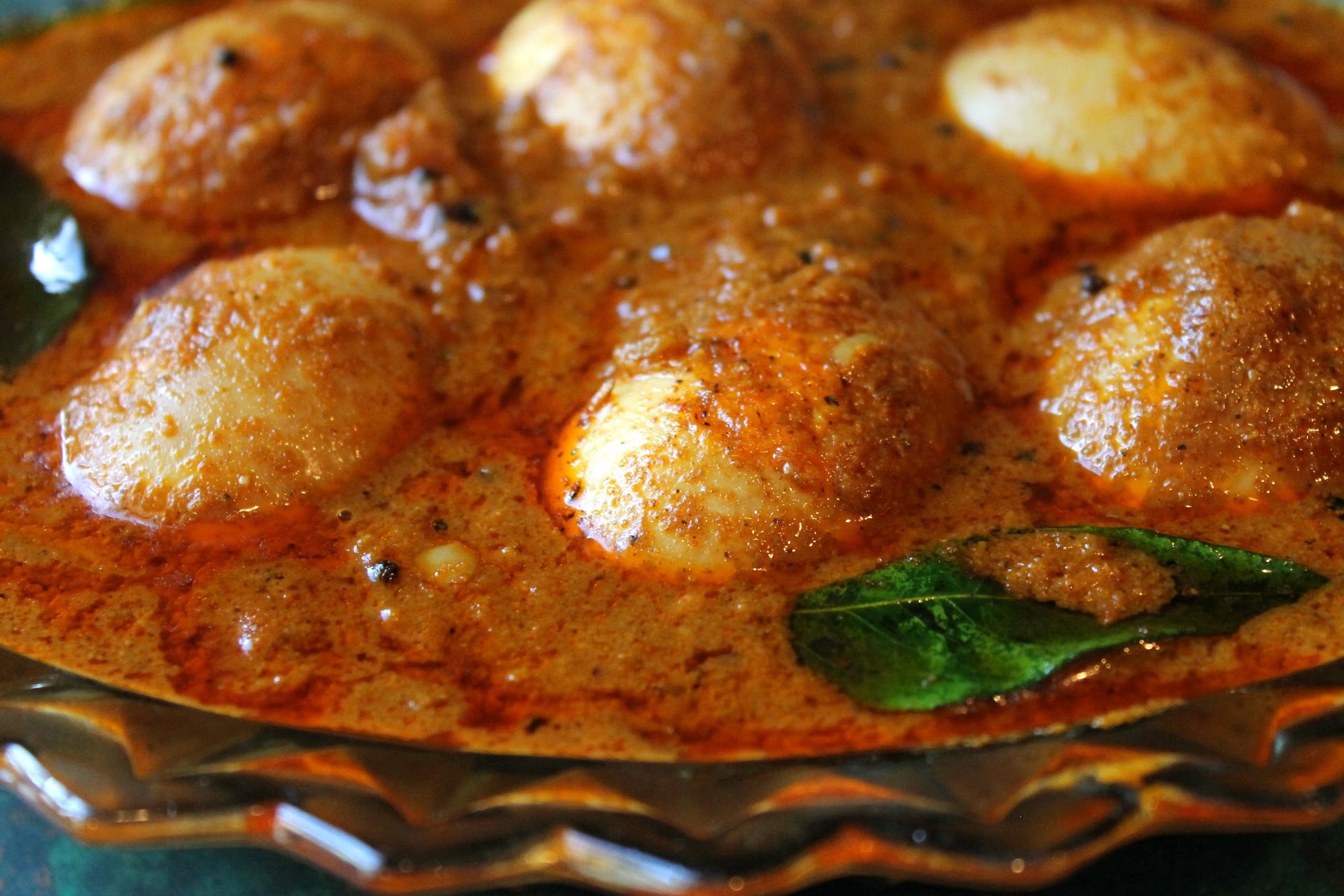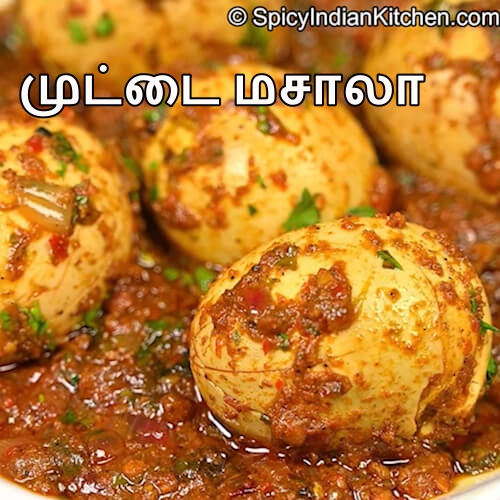How To Prepare Egg Kulambu In Tamil

The aroma of spices sizzling in oil, the comforting warmth of a rich gravy, and the simple satisfaction of a perfectly cooked egg – these are the hallmarks of Egg Kulambu, a South Indian culinary staple. This dish, deeply rooted in Tamil Nadu's culinary heritage, offers a delightful symphony of flavors that tantalizes the taste buds. But mastering this dish requires understanding the delicate balance of ingredients and techniques.
This article provides a comprehensive guide to preparing authentic Egg Kulambu in the Tamil style. We will delve into the essential ingredients, precise cooking methods, and variations that make this dish a family favorite. Through clear instructions and helpful tips, even novice cooks can recreate this flavorful experience in their own kitchens.
Essential Ingredients for Authentic Egg Kulambu
The foundation of a good Egg Kulambu lies in the quality and freshness of its ingredients. Here’s a breakdown of the key components:
Eggs: The Star of the Dish
Naturally, eggs are the primary ingredient. Hard-boiled eggs work best, allowing them to absorb the flavors of the kulambu without falling apart during cooking. Allow each egg to cook for a duration between 10-12 minutes.
The Kulambu Paste: A Symphony of Spices
This is where the magic happens. The base consists of a blend of essential spices like coriander seeds, cumin seeds, fenugreek seeds, red chilies, and black peppercorns. These spices are typically dry-roasted and ground into a fine powder or paste.
Other crucial ingredients include shallots or onions, garlic, ginger, and tomatoes, which contribute to the depth and complexity of the gravy.
Tamarind Pulp: The Tangy Twist
Tamarind pulp provides the signature sourness that balances the richness of the spices. Soaking tamarind in warm water and extracting the pulp is a common practice.
Tempering: Adding the Final Flourish
Tempering, or Thalithal, is a crucial step in South Indian cooking. Mustard seeds, urad dal (split black lentils), curry leaves, and dried red chilies are typically used to temper the kulambu, releasing their aromatic oils and adding a layer of texture.
Step-by-Step Preparation Guide
Now, let’s walk through the process of making Egg Kulambu, broken down into easy-to-follow steps:
Preparing the Eggs and Kulambu Paste
Hard-boil the eggs, peel them, and gently score them with a knife to allow the kulambu flavors to penetrate. Dry-roast the spices for the kulambu paste until fragrant, then grind them into a fine powder or paste along with shallots, garlic, ginger, and tomatoes. You can use a blender or a traditional grinding stone for this process.
Making the Kulambu Gravy
Heat oil in a pan and temper with mustard seeds, urad dal, curry leaves, and dried red chilies. Once the mustard seeds splutter, add the ground kulambu paste and sauté until the raw smell disappears.
Add the tamarind pulp, water, salt, and turmeric powder. Bring the kulambu to a boil, then simmer until the gravy thickens to your desired consistency. Adjust the seasoning as needed.
Adding the Eggs and Simmering
Gently add the hard-boiled eggs to the kulambu gravy and simmer for another 5-10 minutes, allowing the eggs to absorb the flavors. Garnish with fresh coriander leaves before serving.
Tips and Variations
There are many ways to customize Egg Kulambu to suit your taste preferences:
- Spice Level: Adjust the number of red chilies in the kulambu paste to control the spice level.
- Vegetable Additions: Add vegetables like drumsticks, eggplant, or potatoes for extra flavor and texture.
- Coconut Milk: Substitute some of the water with coconut milk for a richer and creamier kulambu.
- Pressure Cooker Method: You can use a pressure cooker for a faster cooking time. Just be careful not to overcook the eggs.
Experiment with different spice blends and ingredient combinations to create your own unique version of Egg Kulambu. Don’t be afraid to adjust the recipe based on your personal preferences and available ingredients.
Serving Suggestions
Egg Kulambu is typically served with hot rice, idli, dosa, or even roti. It can also be enjoyed as a side dish with other South Indian meals. The tangy and spicy flavors of the kulambu complement a variety of dishes.
Leftover Egg Kulambu can be stored in the refrigerator for up to two days and reheated before serving. The flavors often intensify overnight.
Conclusion
Mastering the art of making Egg Kulambu opens the door to a world of flavorful and satisfying South Indian cuisine. With a little practice and attention to detail, you can create this classic dish at home and impress your family and friends. The versatility of the recipe allows for endless customization, ensuring that your Egg Kulambu is always a reflection of your unique culinary style.
Embrace the rich flavors and aromas of Tamil Nadu by incorporating this delightful dish into your regular cooking repertoire. Enjoy!


















